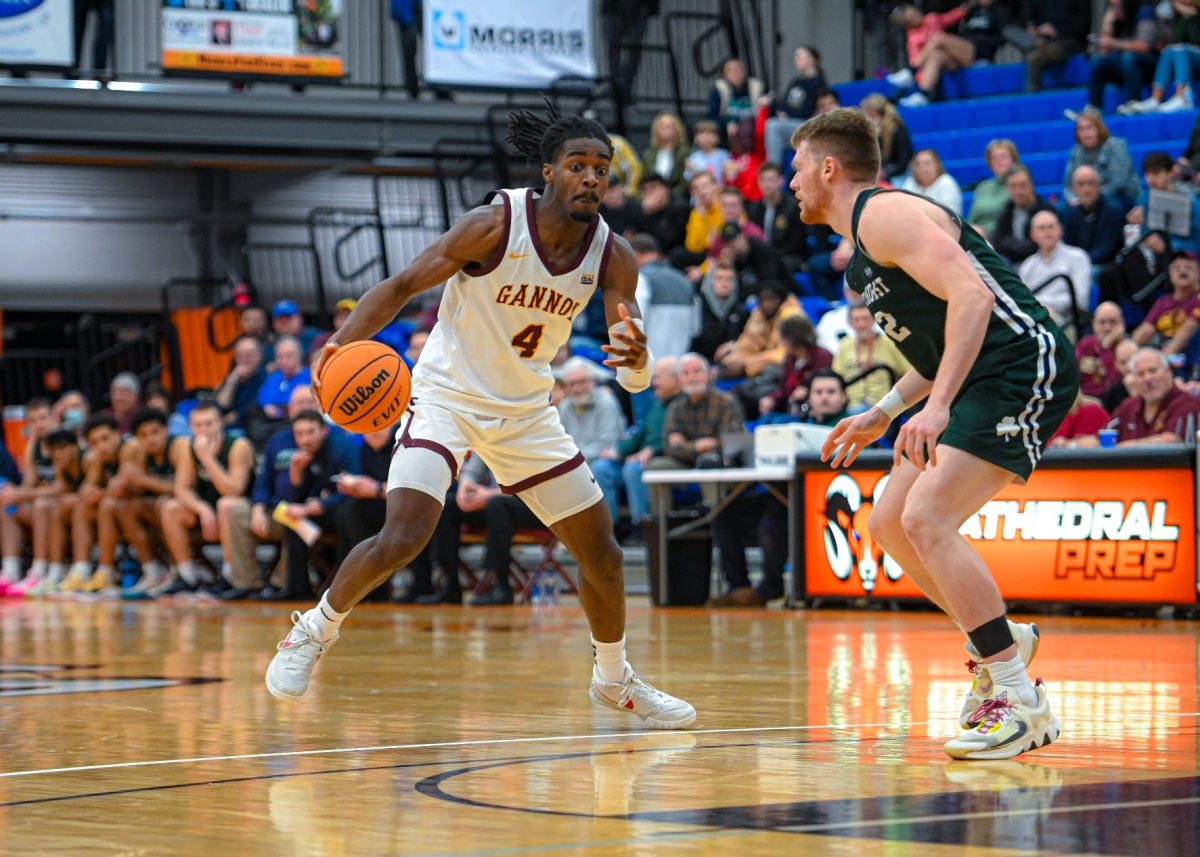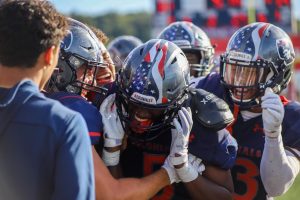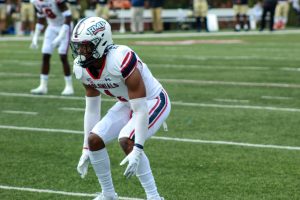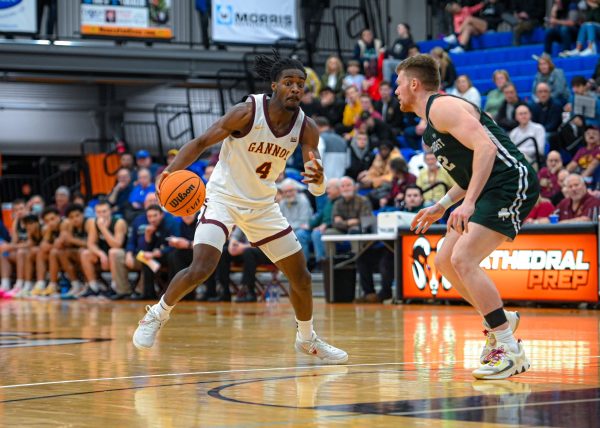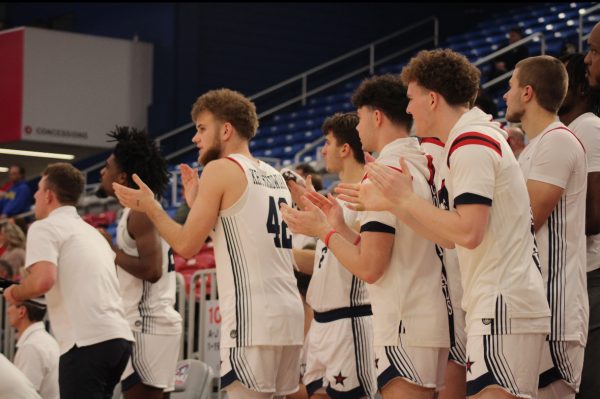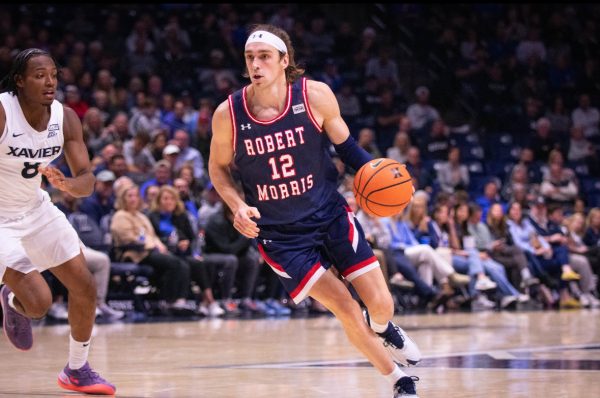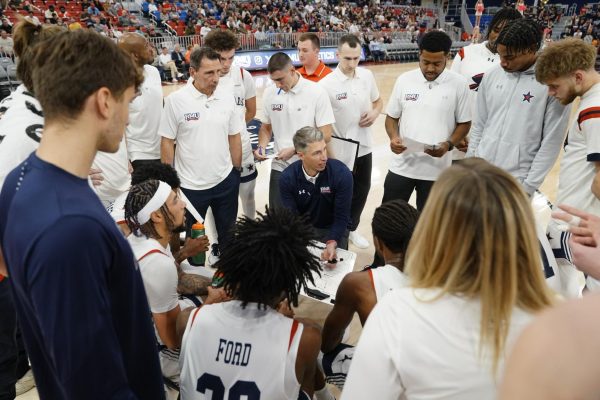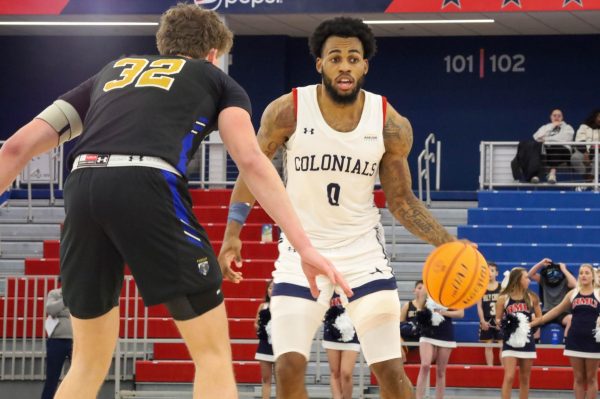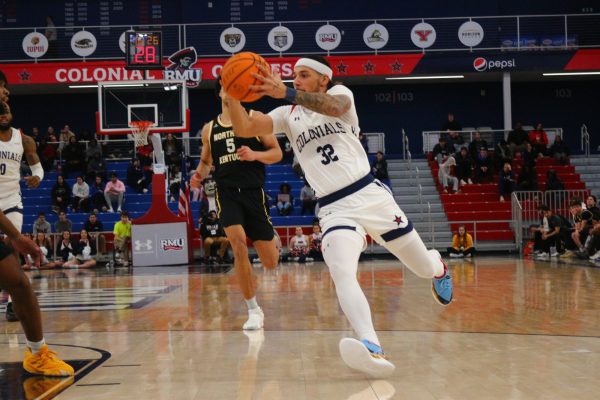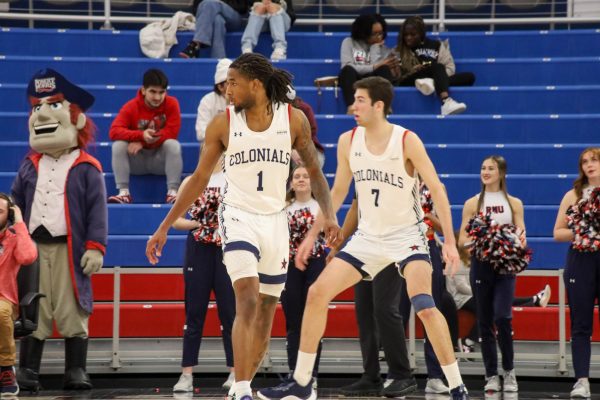- Men's Basketball
- Men's Basketball Opinion
- Men's Sports
- Sports
- Sports Showcase
- Staff
- Top Stories
- Women's Basketball
- Women's Sports
The Horizon League Tournament Needs to Hold All Games on Campus Sites
Michael Green III after his game-winner in the first round of the Horizon League Tournament
March 23, 2023
Editor’s Note*: The opinions shared in this article do not reflect Colonial Sports Network as a whole. You may read the conflicting argument here
As snow turns to rain and winter converts to spring, March Madness is in full swing with the Sweet 16 and Elite Eight matchups this weekend.
When looking into the depths of the season, one glaring issue stands out and has stood out for years.
Smaller conferences, like the Horizon League, need to hold their playoff games on school’s home court
The electricity it creates on campus and the environments at the games are second to none and certainly are not matched when the games are played at neutral sites.
Robert Morris is no stranger to this. The NEC holds all of their games on campus sites, including in 2020 when the Colonials men’s team hosted every game in their run to a conference tournament title.
Diving into the numbers, Robert Morris brought in 1,214 fans for their first-round game, and making up a large portion of that was a packed-to-the-brim student section.
Moving into the second-round game, 2,515 fans piled into the Wolstein Center for Robert Morris’ matchup against Cleveland State. Both of those numbers were well above season averages for attendance.
The numbers aside, the atmosphere created inside of the arena at these playoff games is special. When the Colonials welcomed IUPUI to the UPMC Events Center, the crowd was one that the arena had not yet seen in its young life. Screaming fans arrived in season-high numbers due to the convenience of the game being on campus. When Michael Green III hit his game-winning three pointer in the first round this year, it was the loudest the building has been since that infamous 2020 title.
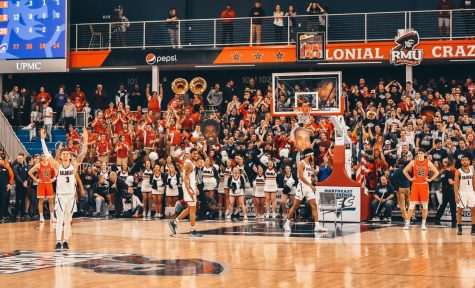
On the flip side, the Horizon League finals and semifinals were the complete opposite. While attendance was not recorded for these games, Indiana Farmers Coliseum’s 6,500 attendance capacity was far from needed. A rough estimation would tell you that 1,500 fans at these games feel generous.
Along with low attendance numbers, almost no students from any of the participating schools attended the games. This is a big deal as it is no secret that students are a large part of what makes college basketball atmospheres the way they are. The unfortunate reality of this situation is that most college students do not have the financial means or free time to take a three or four-day trip to a city that is a state or two away.
While it is true that large conferences like the Big 10 or ACC can sell out arenas no matter where they play their games, it is a matter of fact that the Horizon League is not playing the same game they are. The Horizon League is full of schools that are a fraction of the size and as a result, are dealing with much smaller fanbases.
Due to the current format, these games are played in an uninspired arena where you could hear a pin drop. The finals and semifinals are supposed to be the pinnacle of the conference tournament but are instead played in an atmosphere that is bested by a first-round matchup.
It is unfair to the players to make them play the biggest games of their season, and possibly their lives, in empty arenas and it is unfair to the fans to not give them the ability to cheer on their team.
The solution is simple, the Horizon League must start playing all their conference tournament games at the campuses of the higher seeded teams.
Having the higher seeds host these conference tournament games can bring an atmosphere into the game unlike any neutral site tournament can.
While the solution seems very simple, the results would be extraordinary.





